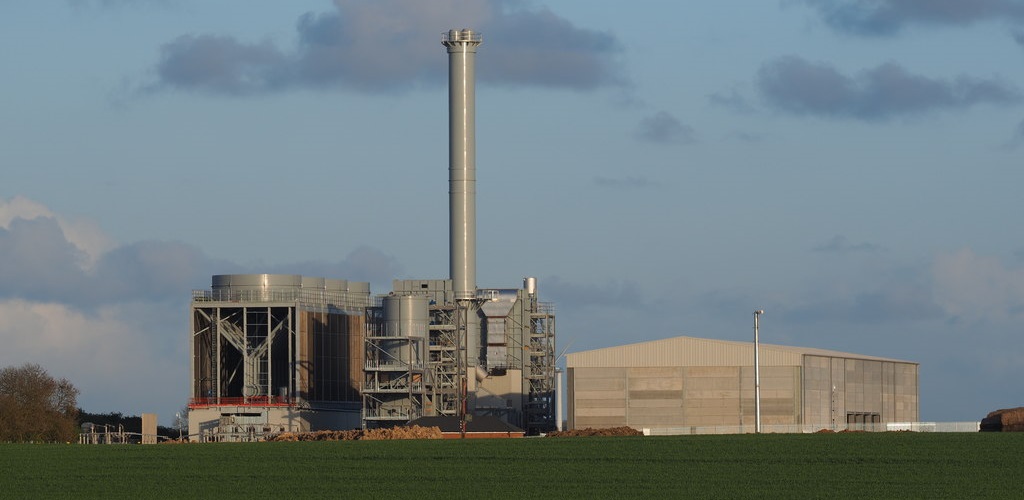EU Member States submitted their draft National Energy and Climate Plans (NECPs) in the beginning of 2019 and the European Commission is expected to deliver an assessment of and recommendations on these draft plans in the coming days, in time for the governments to submit their final plans by 31 December 2019. Bankwatch has already analysed these draft plans and highlighted a worrying lack of commitment from the countries of central and eastern Europe to supporting more energy efficiency investments and sustainable mix of renewable energy production.
A new, supplementary analysis, published today confirms these findings by examining the NECPs of Bulgaria, Czechia, Estonia, Hungary, Latvia, Poland and Slovakia and their measures to support the use of wood biomass. It shows that the majority of these countries plan logging and biomass use above sustainable levels.
Instead of investing heavily in energy efficiency and small-scale renewable energy, these countries are choosing to reach their 2030 renewable energy objectives by increasing the use of biomass, even though this would have an adverse effect on the climate and environment of the whole region.
In several of these countries, the projected biomass usage is so high that they would have to import biomass from abroad or resort to unsustainable domestic sourcing. This would drive logging demand up even further and cause significant reduction in CO2 capture in the whole region, contradicting the principles of sustainable forest management. Similarly, the use of biomass in low-efficiency heating systems delays investments in energy efficiency and small-scale renewables.
This reliance on biomass is part of a worrying wider trend of replacing coal with other unsustainable and often non-renewable fuels, such as biomass, gas and/or municipal waste, as shown in another analysis by Bankwatch also published last week.
Central and eastern European governments are often tempted to make apparently “cheap” and unrealistic energy choices in order to perpetuate business as usual. The answer to this challenge has to be two-fold.
First, the European Commission must clearly spell out that these plans, if implemented, would damage ecosystems and the climate, and should therefore be reviewed in order to include sustainability safeguards. Credible sustainability criteria in every Member State must exist before they are allowed to heavily invest in this sector.
Second, the EU has to show it is best placed to support the energy transition in central and eastern Europe, by delivering a post-2020 EU budget that has a strong emphasis on climate and environment. Discussions regarding the next cohesion policy, a major source of public investment in this region, should focus on how to support more ambitious NECPs, for example by scaling up energy efficiency investments, as recommended by the European Semester, and on how to include every actor in order to ensure future-proof and acceptable plans for the next seven years.
Short-term fixes that would bring more problems in the medium- to long-term are of no use to anyone. Only more holistic thinking, focusing on a combination of greenhouse gas savings, material and energy efficiency, biodiversity protection and people’s welfare stands a chance of steering the EU towards the energy future it seems to want.
Never miss an update
We expose the risks of international public finance and bring critical updates from the ground – straight to your inbox.

